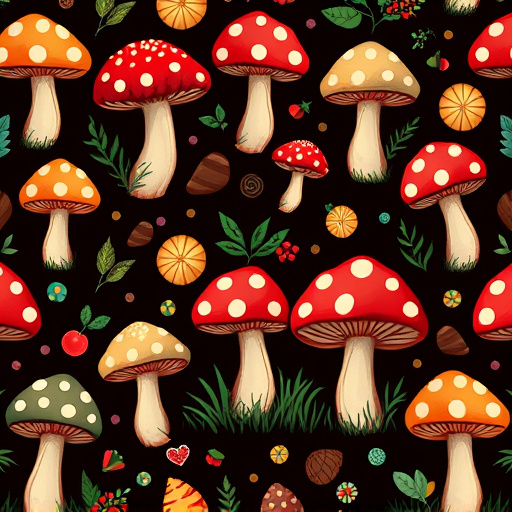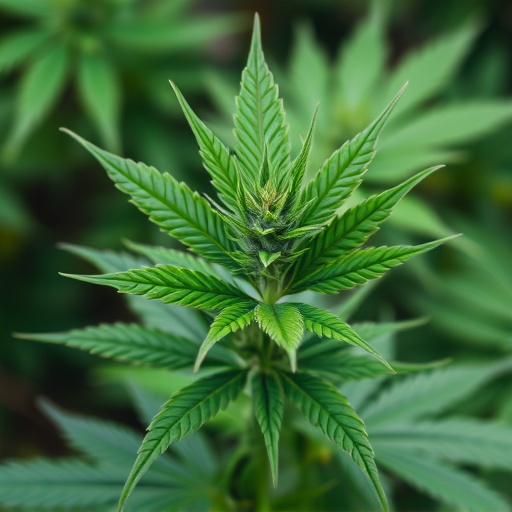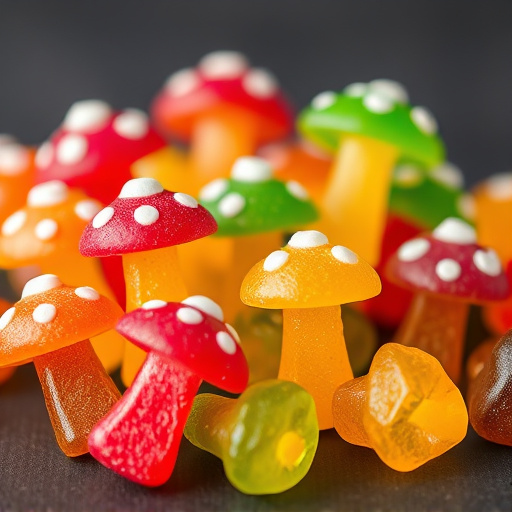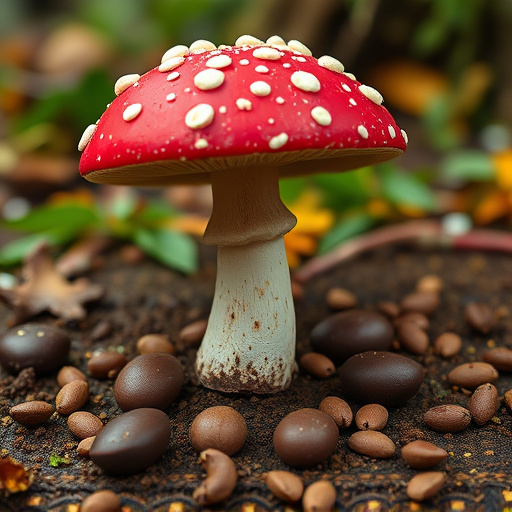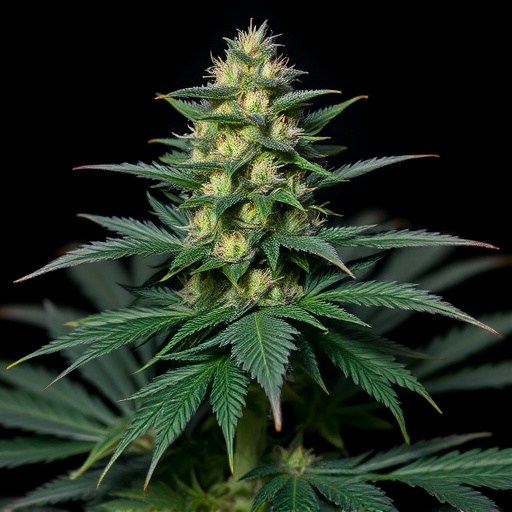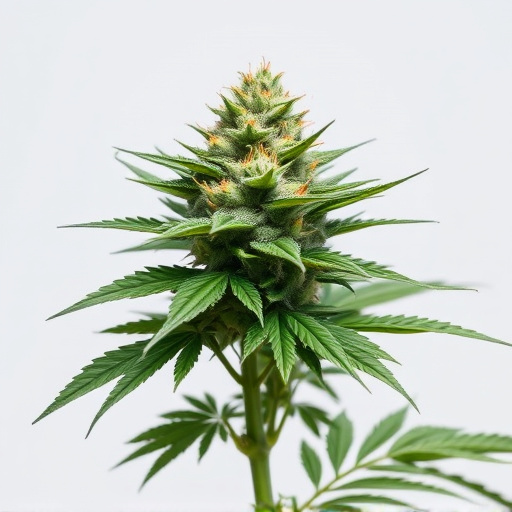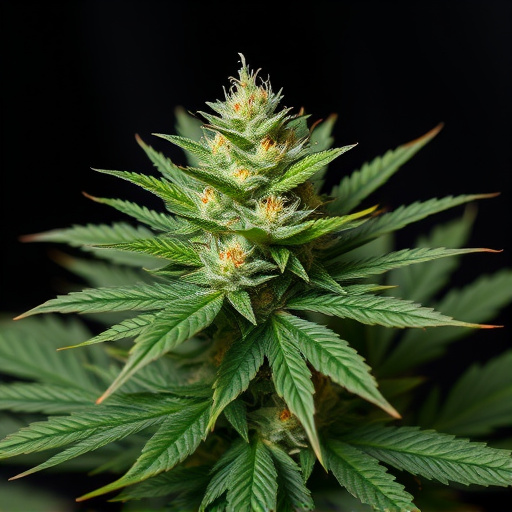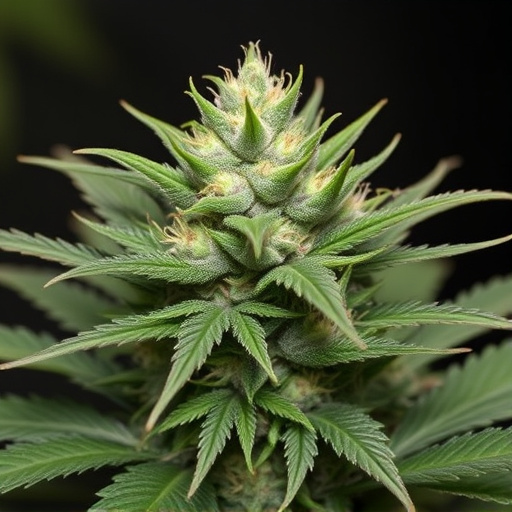Cannabis curing is a crucial, meticulous process that enhances flavor, aroma, and potency by gradually drying and aging harvested flowers. This allows for the development of complex terpenes, increasing cannabinoid concentrations like THC and CBD, while reducing moisture content to preserve strength. Proper curing is vital for creating high-quality cannabis products, including the renowned best cannabis strains worldwide. The flowering stage (6-8 weeks) sees peak cannabinoid levels, and curing intensifies volatile terpenes contributing to nuanced flavors and therapeutic effects. Cultivators optimize techniques based on strain varieties like Afghanistan, Northern Lights, Haze, and Thai, each with specific curing conditions, resulting in top-tier, celebrated strains globally.
“Uncover the secrets behind maximizing cannabis flower potency through the art of curing. This comprehensive guide explores whether curing enhances or merely stabilizes the plant’s unique characteristics. From understanding the science behind cannabis maturity to examining global curing practices for the world’s best strains, we delve into the intricacies that transform raw material into potent medicine and desirable flowers. Discover how proper curing can elevate your cannabis experience.”
- Understanding Cannabis Curing and Its Impact on Potency
- The Science Behind Cannabis Flower Maturity and Terpene Profiles
- Exploring the World's Best Cannabis Strains and Their Curing Processes
Understanding Cannabis Curing and Its Impact on Potency

Cannabis curing is a process that involves slowly drying and aging harvested cannabis flowers to enhance their flavor, aroma, and potency. This meticulous technique is an art in itself, and it plays a significant role in determining the quality of cannabis products. When cured properly, cannabis flowers can develop more complex terpenes, which are responsible for the plant’s distinct scent and potential therapeutic effects.
The impact of curing on potency is twofold. First, it allows the plant to mature further, leading to an increased concentration of cannabinoids like THC and CBD. Second, curing reduces moisture content, preserving the cannabis’ overall strength. Many growers believe that properly cured cannabis offers a smoother, more satisfying experience, especially for those seeking the best cannabis strains in the world known for their potent properties. This process is particularly crucial when aiming for high-quality, premium-grade cannabis products.
The Science Behind Cannabis Flower Maturity and Terpene Profiles
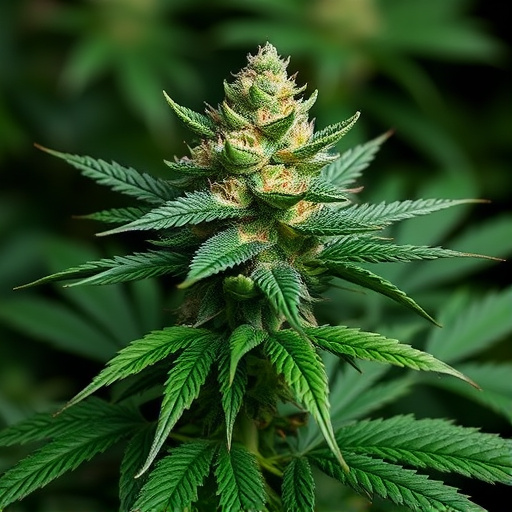
Cannabis flowers, known for their diverse benefits and distinct aromas, undergo a complex maturation process that influences their potency and terpene profiles. Science has revealed that cannabis plants continuously produce and transform compounds as they age, leading to a spectrum of potential effects. The flowering stage, typically lasting 6-8 weeks, marks the plant’s peak maturity. During this time, cannabinoids like THC and CBD reach their highest concentrations, making cured flowers potentially more potent than their uncured counterparts.
Terpenes, aromatic compounds responsible for cannabis strains’ unique scents, also undergo changes during curing. Proper curing allows these volatile molecules to intensify, creating a more complex and desirable flavor profile. Certain terpenes, such as myrcene and limonene, have been linked to specific therapeutic effects, further enhancing the allure of mature, cured cannabis among enthusiasts who seek not just potency but also nuanced, pleasant experiences. In terms of best cannabis strains in the world, understanding this maturity science can help cultivators optimize their techniques to deliver exceptional, cured flowers.
Exploring the World's Best Cannabis Strains and Their Curing Processes
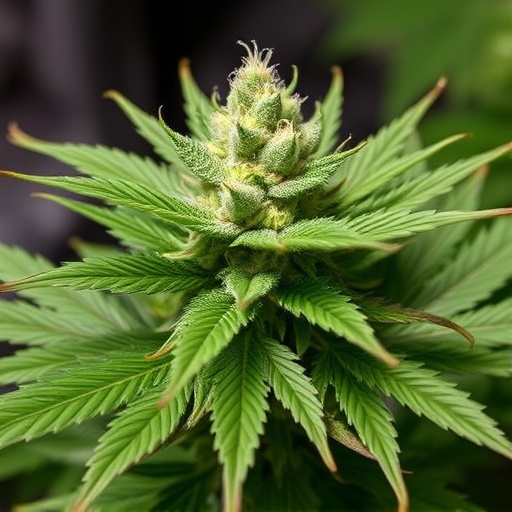
The world of cannabis is a diverse landscape, with countless strains each boasting unique characteristics and effects. Among the best cannabis strains in the world, one key factor that sets them apart is their curing process. Curing, or maturation, involves slowly raising the humidity and temperature to facilitate chemical changes in the plant, leading to enhanced potency and improved flavor profiles.
Each strain has its own specific curing requirements, with some preferring a longer, slower cure to develop complex terpenes and cannabinoids. For instance, renowned Indica strains like Afghanistan and Northern Lights are known for their robust flavors and high THC content after a meticulous curing process. In contrast, Sativa varieties such as Haze and Thai have distinct curing needs that emphasize clean, energetic highs with varied terpene profiles. Exploring these curing processes is essential to understanding why certain strains are celebrated worldwide for their superior quality and potency.
In conclusion, curing plays a pivotal role in enhancing the potency of cannabis flowers. By understanding the science behind plant maturity and terpene profiles, we can appreciate how different curing processes contribute to the unique experiences offered by the world’s best cannabis strains. Whether through traditional air-drying or more advanced methods, proper curing ensures that consumers enjoy not only stronger effects but also a more nuanced flavor profile and aromatic experience.

